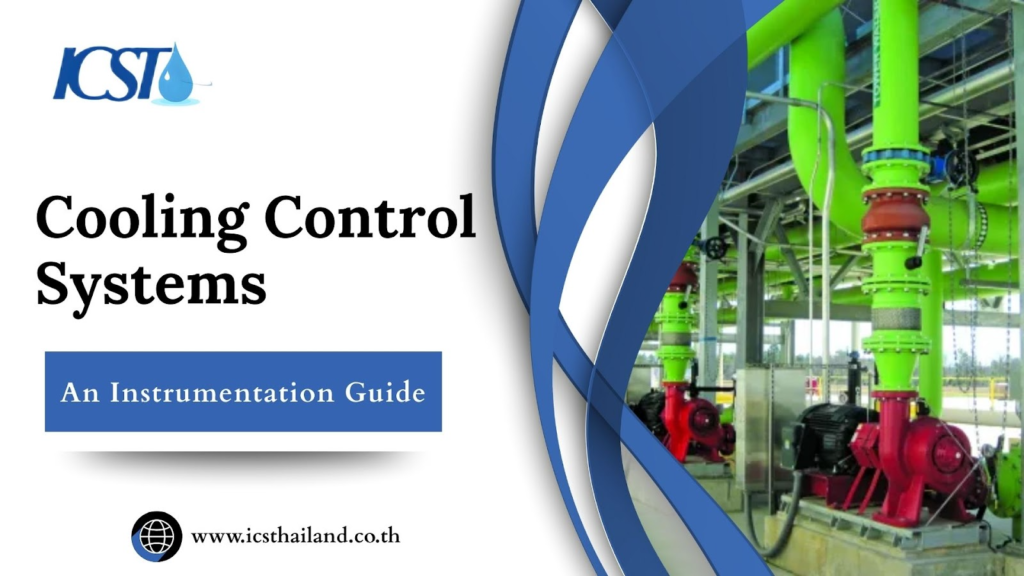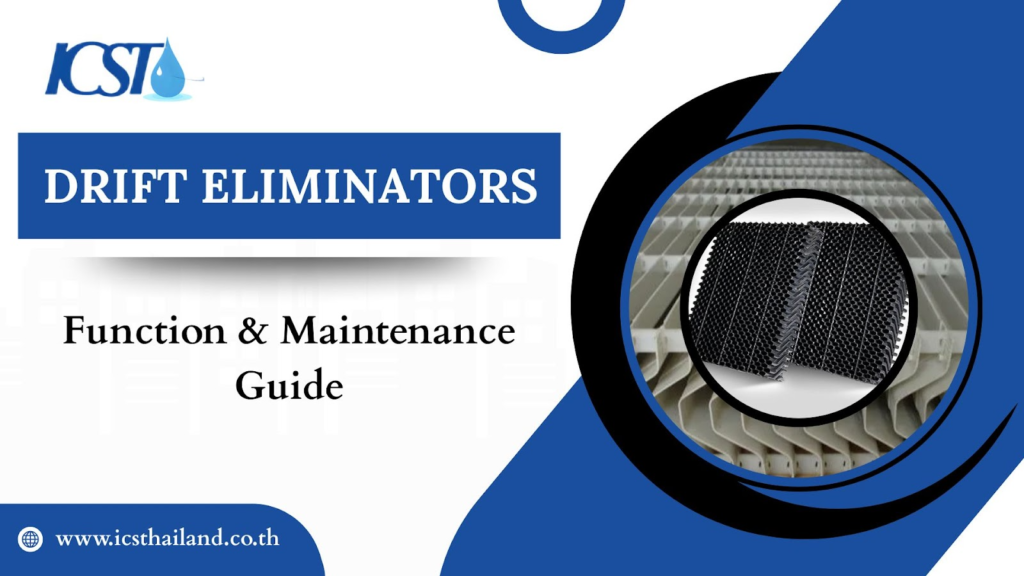Are your industrial fan blades underperforming? Proper airflow, ventilation, and temperature control are critical to keeping your facility running smoothly. But over time, even the toughest fan blades wear out, leading to reduced efficiency, higher energy costs, and potential system failures.
If you’re noticing poor performance or increased maintenance issues, it might be time to replace your fan blades. In this guide, I’ll walk you through everything you need to know about replacing industrial fan blades—from choosing the right materials to spotting signs of wear and tear. Plus, I’ll share my maintenance tips to help you extend the lifespan of your equipment.
Table of Contents
ToggleFactors to Consider for Replacement
Replacing industrial fan blades can be a complex process, but getting it right is essential for efficiency and performance. Are your fan blades worn out or no longer meeting your needs? Before you dive into a replacement, here’s what you need to know to make the right choice. Let’s explore the key factors to consider for a seamless upgrade!
- Fan Purpose: Is the fan designed for ventilation, cooling, or exhaust? The function determines the specifications for the blades.
- Blade Material: Choose from options like plastic fan blades, steel, aluminum, or composite materials. Each has unique benefits in terms of durability, performance, and maintenance.
- Fan Size: The diameter of the blades affects airflow and noise levels and should match the equipment it’s part of.
- Energy Efficiency: Look for blades designed for maximum aerodynamic performance and check for energy-efficient certifications.
- Number of Blades & Blade Pitch Angle: Both factors play a key role in performance. Adjustable pitch angles can enhance both efficiency and flexibility.
Blade Material: Choosing the Right One
Not all fan blades are created equal. The material of the blades plays a big role in performance, durability, and efficiency. Here’s a quick breakdown of your options to help you choose the best material for your needs:
- Aluminum: Lightweight, corrosion-resistant, and highly versatile, making it perfect for ventilation, HVAC systems, and outdoor applications where durability against weather is essential. Its easy machinability also allows for custom designs.
- Stainless Steel Blades: Exceptionally durable, heat-resistant, and resistant to rust, making it ideal for heavy-duty applications, high-temperature environments, and industries like food processing and pharmaceuticals where hygiene is crucial.
- Composite Materials: Advanced options like Carbon Fiber and FRP (Fiber-Reinforced Polymer) are lightweight, low noise, and offer excellent strength-to-weight ratios. They’re especially suited for custom performance needs, including aerospace, automotive, and high-performance applications.
- Plastic/Polymer: A cost-effective and lightweight option, better suited to residential fans or environments where chemical resistance is important. It’s also ideal for industries with budget constraints or where frequent replacements are required.
The Impact of Blade Number on Performance
Is sharpness the key to a better shave? Definitely. Does design impact performance? Without a doubt.
- 3-Blade Systems: These are built for faster speeds and lower drag, often used for high-velocity air movement. Benefit: Maximizes airflow efficiency while minimizing resistance, making them ideal for speed-driven applications.
- 5-Blade Systems: Known for their balanced airflow and quieter operation, they’re perfect for cooling and comfort-based applications. Benefit: Provides a perfect mix of performance and quietness, ensuring comfort in residential or office settings.
- More Than 5 Blades: Ideal for heavy-duty industrial environments requiring high static pressure. Benefit: Delivers powerful performance to handle demanding conditions and maintain airflow in areas with high resistance.
While fewer blades mean higher rotational speed, more blades provide smoother airflow. The decision ultimately depends on what performance features matter most for your specific setup.
Blade Shape and Aerodynamics
Through my experience working on cooling tower projects, I’ve come to realize just how much blade shape impacts performance. Curved blades have been invaluable for tasks requiring precise, controlled cuts, while straight blades excel at quick, even chopping. It’s something I’ve learned firsthand by experimenting with different tools to meet the specific needs of each project.
- Straight Blades: Simple and effective for basic exhaust fans.
- Curved Blades: Reduce noise and improve airflow direction and efficiency.
- Tapered Blades: Designed for niche, high-performance industrial applications.
A well-balanced, symmetrical blade design enhances functionality, minimizes wear, and ensures optimal efficiency, even in the long run.
Blade Pitch Angle and Efficiency
The pitch angle determines airflow volume and energy use: the more vertical or steep the angle, the higher the volume of air moved. For axial fans, pitch angles range from 20 to 50 degrees. A lower blade pitch results in increased efficiency and reduced noise levels, while a higher pitch provides better airflow capacity.
Different fan designs require different blade pitches for optimal performance: industrial applications, for example, often require a steeper angle for increased airflow.
Adjustable pitch blades offer greater flexibility; you can tweak the angle to meet specific ventilation needs. Regularly measuring and adjusting this angle will help maintain optimal performance.
Maintenance and Repair
Industrial fan blades need regular care to perform at their best. Dust and debris buildup can drag down RPMs, while loose blades can create unbalanced operation, affecting motor life and efficiency. Proper maintenance ensures the fan system stays robust, reliable, and suitable for industrial use. To prevent costly repairs:
Signs You Need to Replace Industrial Fan Blades
How do you know when it’s time for a replacement? Backed by expert insights and proven methodologies, these indicators ensure you make the right decision at the right time. Here are the indicators:
- Visible cracks, rust, or wear on the blades.
- Excessive noise or imbalanced operation.
- Drop in airflow or unusual vibration.
- Increased energy consumption with no improvement in performance.
- The blades have exceeded the manufacturer’s recommended lifespan.

Don’t wait for these issues to escalate. Early action can save time, money, and operational headaches, especially when blades are not properly maintained.
Blade Replacement Process
Replacing your industrial fan blades doesn’t have to be complicated. With the right tools and a clear process, it becomes a straightforward task. Here’s a quick step-by-step guide to help you ensure your fan operates efficiently and safely:
- Safety First: Always prioritize safety by following lockout and tagout procedures to ensure the equipment is powered down. Wear appropriate personal protective equipment (PPE) like gloves and safety glasses to avoid injuries.
- Inspect and Document: Thoroughly examine the equipment to identify issues, such as cracks, corrosion, or wear. Take clear photographs of the existing setup for future reference and document any abnormalities for reporting.
- Remove Old Blades: Carefully loosen and remove damaged or worn blades using the proper tools. Be cautious to avoid damaging surrounding components during the removal process.
- Check Blade Balancing: Inspect the rotor and ensure proper alignment and balance before installing new blades. Look for any signs of misalignment or uneven wear that could cause performance issues.
- Install New Blades: Use the manufacturer’s guidelines to position and secure new blades correctly. Ensure that screws or bolts are tightened to the recommended torque specifications to avoid loosening during operation.
- Test Performance: Power up the equipment and monitor for any unusual vibration, noise, or misalignment. Make sure the measurement of each new blade matches the OEM specifications.
Why Choose ICS Thailand for Industrial Fan Blade Replacement?
At ICS Thailand, fan blade replacement is what we do best. As industry experts with years of experience, we specialize in delivering top-quality services to keep your equipment running smoothly.
Our skilled team operates not just in Thailand but across multiple countries, ensuring reliable solutions wherever you need us. Trust ICS Thailand for professional, efficient, and expert fan blade replacement services worldwide.. Here’s why businesses trust us:
- Expertise: Years of experience in industrial ventilation systems and successfully completed numerous projects.
- Skilled Staff: Professional technicians, manufacturers, and engineers to get the job done right.
- Quality Materials: Access to top-grade fan blade replacements.
- Comprehensive Service: On-site inspections, consultations, and installations.
Conclusion
Replacing industrial fan blades might not seem like a major upgrade, but it can significantly impact your facility’s airflow, energy efficiency, and long-term performance. Every detail—whether it’s the blade material, number, shape, or pitch angle—contributes to how well your system performs.
Recognizing the right time to replace—like when you notice strange noises, visible wear, or rising energy costs can prevent bigger problems down the line. And with a clear, safety-first replacement process and regular maintenance, you can keep your systems running smoothly for years to come
At ICS Thailand, we understand these systems inside and out. Our team is ready to help with expert blade replacement, consultation, and maintenance services, across Thailand and beyond. Contact ICST today to schedule your industrial fans blade inspection or upgrade your affordable fan solution with precision propellers that truly operate as intended.
Frequently Asked Questions
When should I consider industrial fan blades replacement?
You should replace fan blades when you notice reduced airflow, unusual vibrations, cracks, rust, or increased energy consumption.
What materials are best for industrial fan blades replacement?
Aluminum, stainless steel, and composite materials like FRP are top choices. Aluminum is lightweight, steel is durable, and composites offer silent, efficient performance.
Does blade pitch angle affect industrial fan efficiency?
Yes! A higher pitch angle moves more air but uses more power. Adjustable pitch blades help you fine-tune airflow and energy efficiency based on your facility’s needs.
Can I replace industrial fan blades myself?
Only if you’re trained. For safety and precision, it’s best to let professionals handle blade replacement, especially in industrial setups with strict balance and alignment needs.
How often should industrial fan blades be inspected or replaced?
Inspect monthly and replace blades every 1–3 years, depending on usage and material. Always follow the manufacturer’s guidelines for optimal performance and safety.
Can you just replace fan blades?
Yes, you can replace just the fan blades, as long as the motor and other components are in good condition. It’s a cost-effective solution if the damage is limited to the blades.
What material are industrial fan blades made of?
Industrial fan blades are commonly made from aluminum, stainless steel, plastic, or composite materials like FRP (Fiber-Reinforced Polymer).








